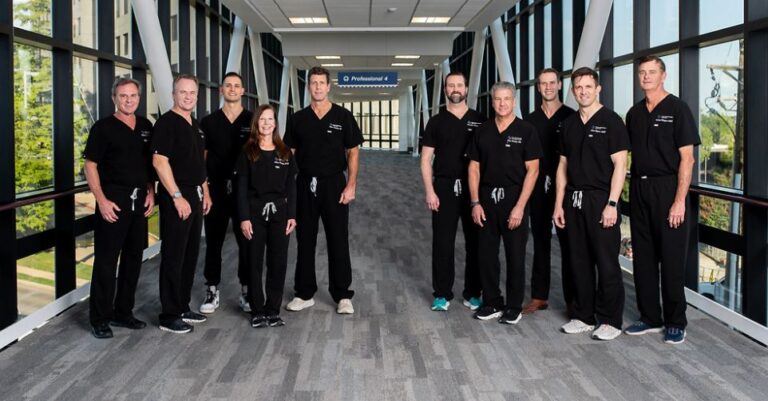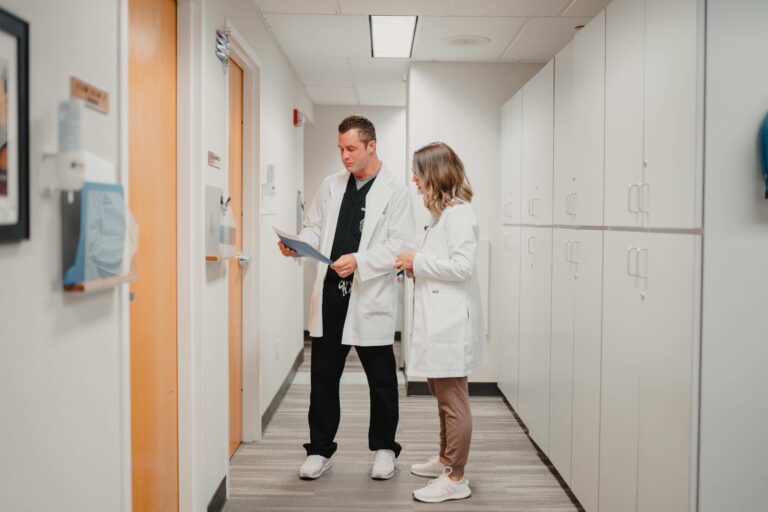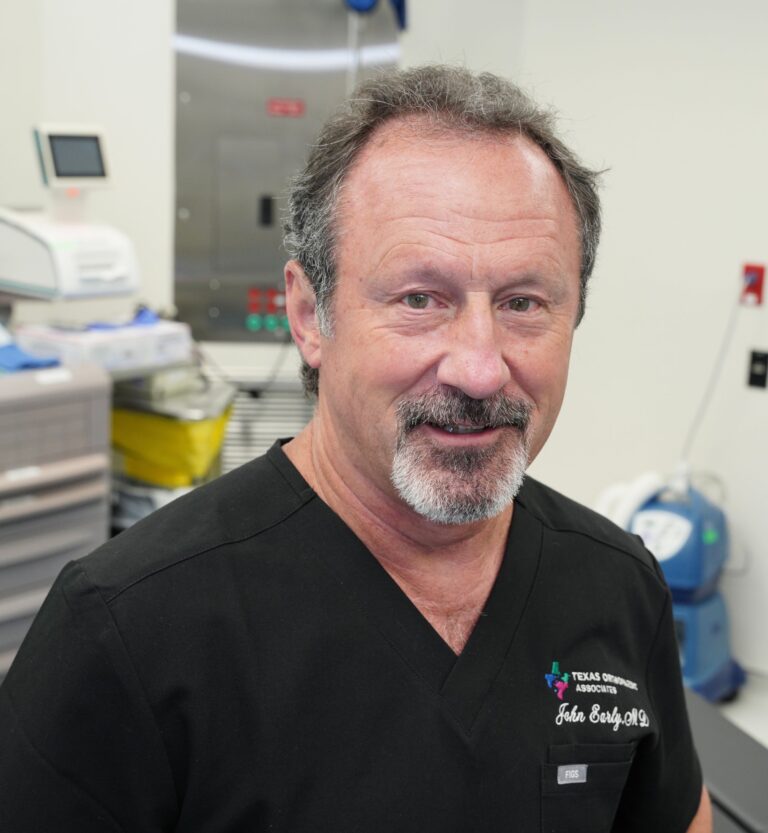Magnetic resonance imaging, commonly called an MRI, is one of the most useful – and safest — tools that doctors use to diagnose and treat spine and back pain issues. Unlike the other common imaging tools, such as X-rays and CT scans, MRIs do not use any radiation to develop images.
An MRI uses powerful magnets and radio waves to create detailed images of the organs and tissues in your body. Health care providers use MRIs to diagnose various conditions, but it’s especially useful in identifying brain, spine, and back issues.
At Texas Orthopaedic Associates, we offer MRIs at our state-of-the-art office near the Presbyterian Hospital campus in Dallas. Our expert orthopaedic team shares information about MRIs and why you would need one.
How an MRI can help
An MRI provides detailed images of inside your body that help doctors diagnose certain health conditions and also to rule out conditions, such as tumors.
MRIs have other uses too. Doctors use them as treatment tools to help guide them to injection sites. MRIs can be used for presurgical planning, and they can help a doctor know how well a patient is doing with treatment.
MRIs can be most useful in helping to identify the following conditions:
- Multiple sclerosis
- Spinal cord disorders
- Tumors
- Joint damage
- Disc abnormalities
- Bone infections
An MRI can also be performed in addition to mammography for women with dense breast tissue or at high risk of developing breast cancer. If you’re pregnant, have an artificial joint, a pacemaker, or any type of metal in your body, you may not be a candidate for an MRI.
What to expect during an MRI
While an MRI is painless, it is a noisy procedure. You may be given earplugs to block out the noise of the MRI machine. To prepare for an MRI, you’ll be asked to remove all jewelry, watches, dentures, and anything that might be magnetic.
You’ll change into a gown and lie down on a table that slides into the MRI machine. The MRI looks like a large tunnel. Sometimes your whole body is in the tunnel and sometimes just part of it, depending on what part of your body is being captured. The entire procedure takes between 20 and 60 minutes.
An MRI technologist monitors your well-being from another room. You’ll be able to communicate through a microphone. The technologist can keep you updated on how much longer your procedure will take.
Wondering if you need an MRI? Or do you want to schedule an MRI? Call our Dallas office to make an appointment or request one online.













